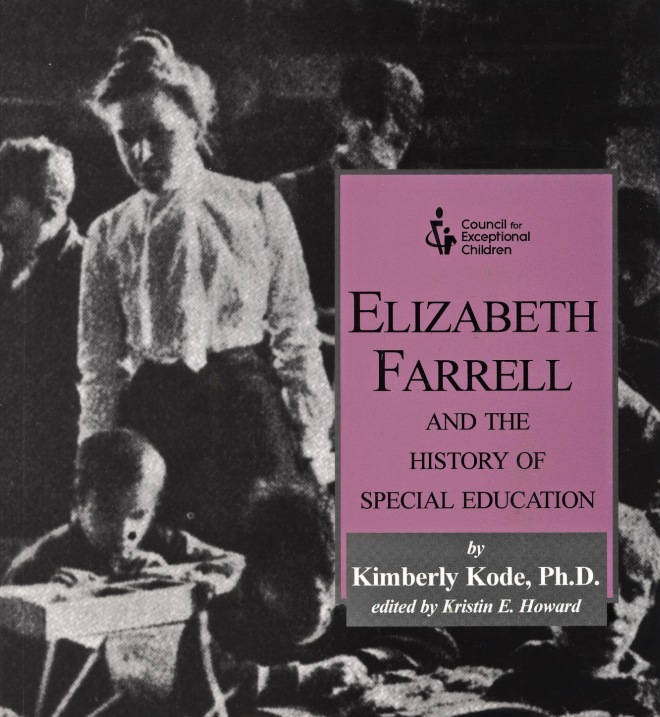
Forty years ago this week, November 29, 1975, President Gerald R. Ford signed into law the Education for All Handicapped Children Act; today, we know this landmark as the Individuals with Disabilities Education Act and its acronym, IDEA. This landmark civil rights law ensured that every student had the right to a free and appropriate public education (FAPE). According to the Office of Special Education Programs, “… special education and related services [must be] designed to meet the child’s unique needs and … prepare the child for further education, employment, and independent living.”
FAPE was defined two years earlier, under Section 504 of the Rehabilitation Act of 1973: “No otherwise qualified individual with a disability in the United States… shall, solely by reason of his or her disability, be excluded from the participation in, be denied the benefits of, or be subjected to discrimination under any program actively receiving Federal assistance.” Since then, according to the U.S. Department of Education, 62 percent of students with disabilities are in classrooms with their general-education peers at least 80 percent of the day. The progress is well expressed in a recent video.
On November 17, the U.S. Department of Education held a live conference on the progress and challenges associated with IDEA.
It is worth looking back on the life of Elizabeth Farrell, the extraordinary teacher who “made special education special.”

Parents, teachers, and administrators can find additional resources through IDEAs That Work. In addition, Education Week has provided a handy reference “cheat sheet.”
In addition, to be sure, much work still needs to be done; the need for direct advocacy services is still great; many agencies, parent advocacy organizations, and support groups can offer assistance.
